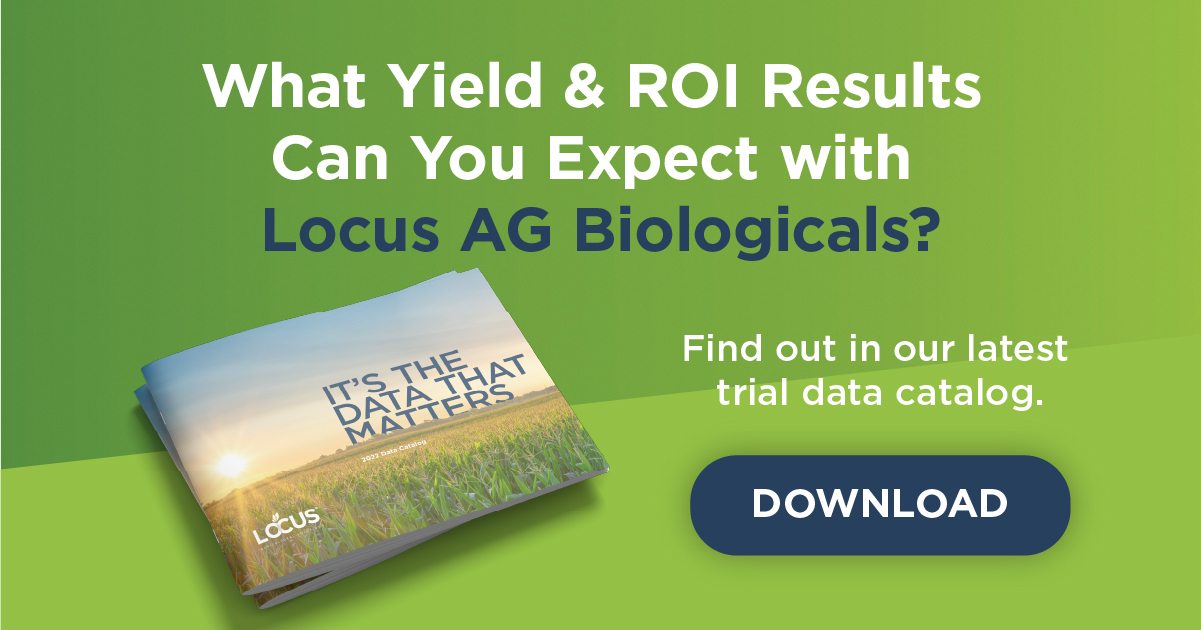
What Exactly IS Regenerative Agriculture?
How regenerative agriculture creates lasting benefits for people and planet
At its core, regenerative agriculture is a way of sustainably farming, ranching, and managing land that regenerates degraded soils. This happens by promoting microbial biodiversity, increasing soil structure through increased soil organic matter, and restoring soil fertility.
More fertile soil has many benefits, such as: improved farmer productivity, increased profits and the potential of environmental benefits, like cleaner water and a more resilient environment in the face of stressors.
More of a philosophy than a strict set of rules, regenerative agriculture includes a variety of practices that allow for creative and innovative solutions that are best suited to the land using widely-available resources.
Read on to learn:
- What practices are considered regenerative agriculture?
- Why is regenerative agriculture important?
- How can you implement regenerative agriculture on your farm?
What Practices are Considered Regenerative Agriculture?
When it comes to regenerative agriculture, there is no “one size fits all” approach. Built upon principles from centuries of pre-modern farming, regenerative agriculture includes a wide range of practices that work in tandem with nature to restore degraded soils.
Regenerative growers use practices such as:
- Planting cover crops
- Diversifying crops
- Introducing integrated grazing
- Minimizing soil disturbance with conservation or no-till techniques
- Adding in compost or other types of natural fertilizers
- Reducing use of chemical inputs
Growers will often use regenerative practices that simultaneously address several problems at once, such as fixing more nitrogen in the soil while also reducing erosion.
While the throughline of regenerative agriculture is improved soil quality, the techniques chosen will vary according to the ecological, social, and historical contexts of each farm. Yet the goals are always similar: to improve soil fertility, increase biodiversity, and boost crop productivity.
Why is Regenerative Agriculture Important?
 Though well-intentioned, modern intensive farming practices have degraded soils worldwide, creating an endless cycle of dependence on chemical fertilizers, pesticides and other costly inputs in order to maintain agricultural productivity.
Though well-intentioned, modern intensive farming practices have degraded soils worldwide, creating an endless cycle of dependence on chemical fertilizers, pesticides and other costly inputs in order to maintain agricultural productivity.
Regenerative agriculture addresses three key problems in the agricultural industry:
- Soil quality: regenerative practices enhance soil fertility with higher soil organic carbon content.
- Ecological and climate stability: regenerative farms sequester and store more carbon long-term, and support greater ecological diversity.
- Farm productivity and profitability: regenerative practices can reduce the need for chemical inputs, increase crop quality and yield, and lead to higher grower ROI.
It’s impossible to anticipate all the ways in which regenerative practices can improve conditions for people and the planet.
However, the primary benefits of regenerative agriculture include:
- Increased soil organic matter
- Increased plant and animal biodiversity
- Increased water filtration and retention in the soil
- Improved soil structure and reduced erosion
- Increased nutrient availability to plants
- Reduced weed, pest, and disease impacts
- Reduced need for synthetic inputs
- More carbon sequestered into the soil
Looking at the agricultural system as a whole, rather than just the sum of its parts, regenerative practices strengthen the entire system for greater long-term resilience.
How to Implement Regenerative Agriculture Practices
When considering how to best implement a new agricultural practice, it’s important to be prepared to practice patience. When a farmer decides to transition away from high-input, high-soil disturbance agriculture, it typically requires between one to five years to observe significant agroeconomic benefits.
Growers can take several different approaches to incorporate regenerative practices into their operations. Some growers choose to adopt one regenerative practice at a time, while others may decide to transition their farm with several practices at once.
How Locus AG Can Help
If you’re interested in either starting or furthering your regenerative agricultural journey, Locus AG is here to help.
We have products and a carbon farming program that leverage the knowledge of regenerative agriculture to increase soil organic matter, enhance carbon sequestration, and boost grower ROI including:
- Locus AG biologicals contain naturally-occurring microbes with benefits including better nutrient uptake, enhanced soil fertility, and higher yields & ROI for farmers. Learn more about Locus AG biologicals here.
- Locus AG’s CarbonNOW program provides participating row crop growers guaranteed payments for their regenerative practices. Locus AG biologicals can accelerate soil regeneration and carbon sequestration, and are an approved practice change to join the CarbonNOW program. Learn more about CarbonNOW here.
Want to learn how Locus AG vital biologicals can increase your yields and profits?
Fill out the form below and one of our agricultural experts will be in touch.



